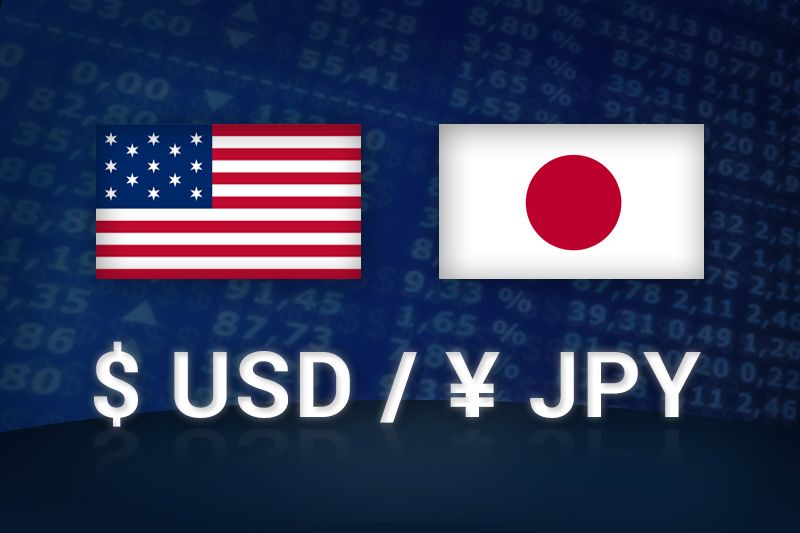FXOpen

The Japanese yen has been one of the worst performing currencies over the past couple of years. The situation could improve in 2024, writes WSJ.
The yen has lost about 20% against the dollar since the end of 2021, underperforming other major currencies. The reason is that Japan's central bank kept interest rates ultra-low while most of its peers raised them aggressively. This was possible because it did not grow so rapidly in Japan. Japan's core inflation rate, which does not include fresh produce, was 2.5% in November. Although this is already above its 2% inflation target, the Bank of Japan is reluctant to raise interest rates too quickly for fear of a hit to the economy.
But the situation may change in 2024. The central bank has already made several changes to its “yield curve control” policy in the bond market. And the yen has risen about 7% against the dollar since mid-November, partly because traders expect the Bank of Japan to continue reforms. On the other hand, the dollar may weaken, including due to the expected easing of Fed policy.
From a technical analysis point of view:
→ the price is within the ascending channel (shown in blue);
→ in 2022 and 2023, 2 peaks were formed near the psychological mark of 150 yen per dollar. Both times the price tried to break higher, but was unsuccessful - which confirms the importance of this level;
→ when the second top was formed, the price also tested the median line, which acted as resistance;
→ at the end of the year the price is at the lower limit - support may be expected from it.
Thus, there is a scenario in which there will be a technical rebound from the lower line of the channel - it describes an important trend lasting from 2021. If the rebound is weak (for example, no higher than 50% of the decline in A→B), then the threat of a bearish breakout of this line may increase. Please note that growth towards top A occurs at a slow pace, and as it falls towards point B, the candles expand - a potential bearish sign.
Trade over 50 forex markets 24 hours a day with FXOpen. Take advantage of low commissions, deep liquidity, and spreads from 0.0 pips. Open your FXOpen account now or learn more about trading forex with FXOpen.
This article represents the opinion of the Companies operating under the FXOpen brand only. It is not to be construed as an offer, solicitation, or recommendation with respect to products and services provided by the Companies operating under the FXOpen brand, nor is it to be considered financial advice.
Stay ahead of the market!
Subscribe now to our mailing list and receive the latest market news and insights delivered directly to your inbox.








